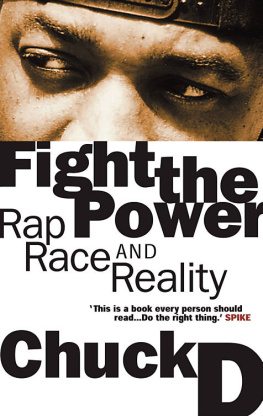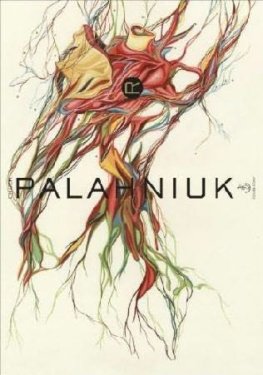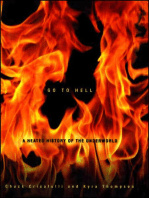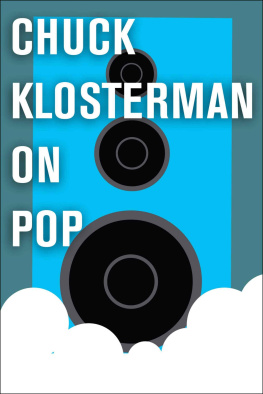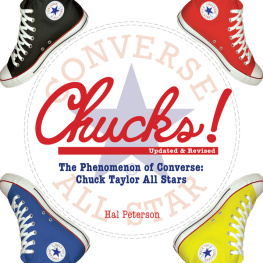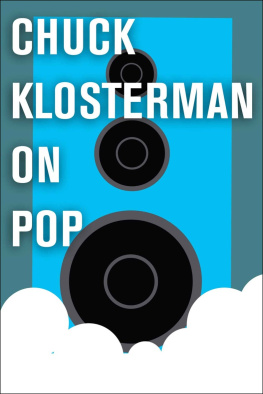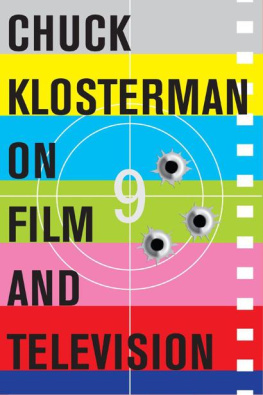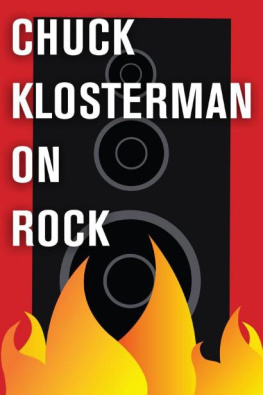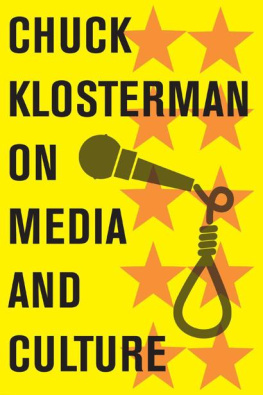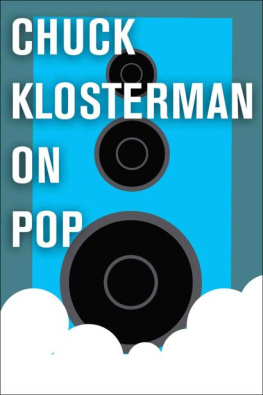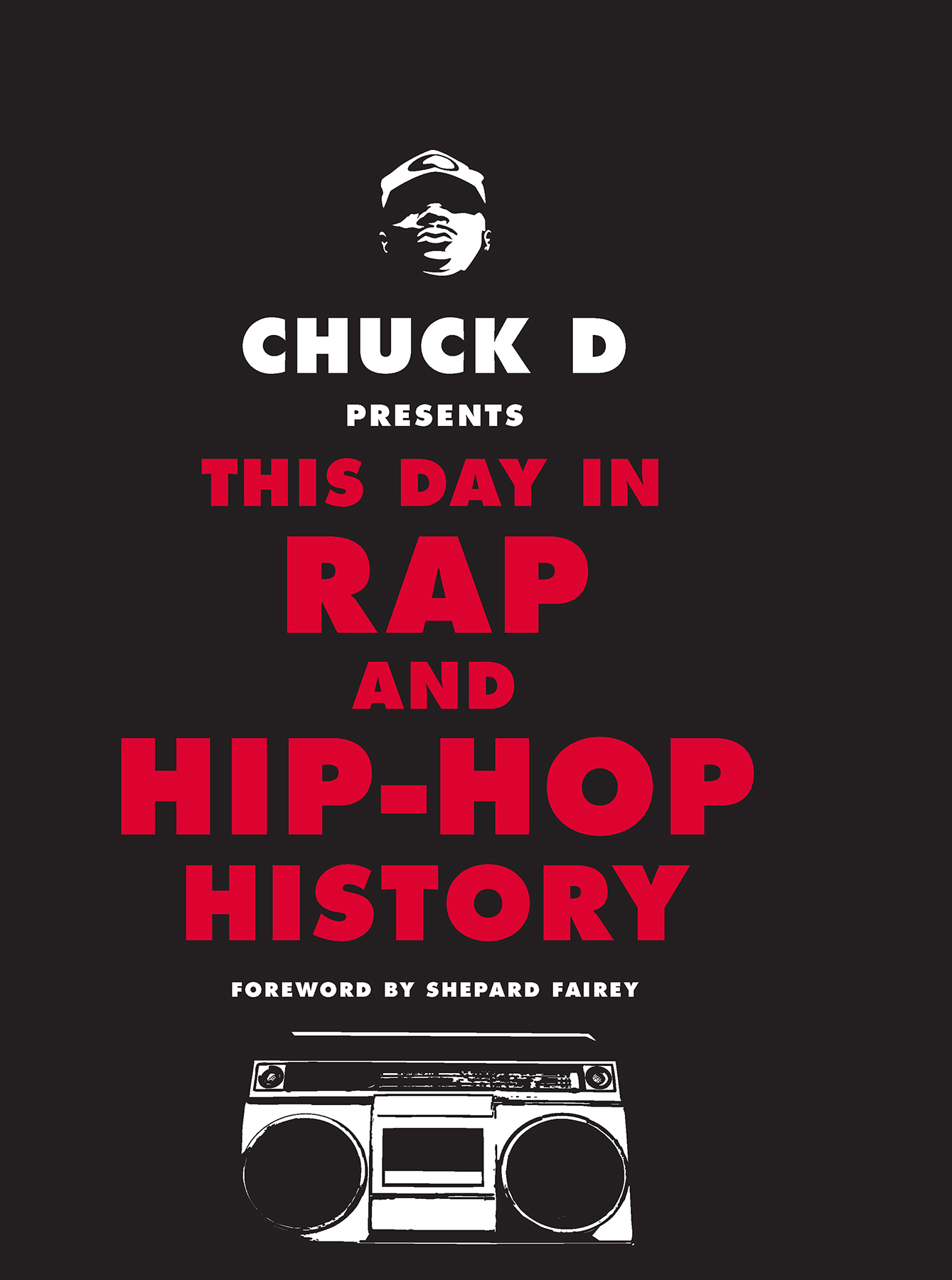Thank you for buying this ebook, published by HachetteDigital.
To receive special offers, bonus content, and news about ourlatest ebooks and apps, sign up for our newsletters.
Copyright 2017 by Chuck D
Cover design by Amanda Kain.
Cover copyright 2017 by Hachette Book Group, Inc.
Hachette Book Group supports the right to free expression and the value of copyright. The purpose of copyright is to encourage writers and artists to produce the creative works that enrich our culture.
The scanning, uploading, and distribution of this book without permission is a theft of the authors intellectual property. If you would like permission to use material from the book (other than for review purposes), please contact permissions@hbgusa.com. Thank you for your support of the authors rights.
Black Dog & Leventhal Publishers
Hachette Book Group
1290 Avenue of the Americas
New York, NY 10104
www.hachettebookgroup.com
www.blackdogandleventhal.com
First ebook edition: October 2017
Black Dog & Leventhal Publishers is an imprint of Hachette Books, a division of Hachette Book Group. The Black Dog & Leventhal Publishers name and logo are trademarks of Hachette Book Group, Inc.
The Hachette Speakers Bureau provides a wide range of authors for speaking events. To find out more, go to www.HachetteSpeakersBureau.com or call (866) 376-6591.
The publisher is not responsible for websites (or their content) that are not owned by the publisher.
Additional image credits information is .
ISBN 978-0-316-43098-2
E3-20170913-JV-PC
Shepard Fairey
H ip-hop is without a doubt the most influential and, at its greatest moments, the most creative musical and cultural movement of the last thirty-five years. Today the influence of hip-hop permeates virtually every form of pop music and fashion. At age eleven or twelve I didnt exactly see the future clearly, but hip-hop pushed its way into my life. It may seem strange now, but in the early 80s I didnt think hip-hop wanted me, a white middle-class kid from the South. Images of the South Bronx on fire and the media coverage of breakdancing and rapping made me feel hip-hop culture was off-limits to me as a cracker from the South with zero street cred. I loved Run-D.M.C. and the Sugarhill Gang, even though Rappers Delight was the only song of theirs I knew. Eventually I noticed hip-hops influence on groups like Blondie with their song Rapture and the Tom Tom Club with Genius of Love. Ironically, it would be punk rock, the music culture that initially made me think I had to abandon all else, that later brought me back to hip-hop.
I started skateboarding in 1984 as an escape from team sports conformity. At that time, if you skateboarded it was compulsory to dive into punk and hardcore music. I quickly discovered bands like the Sex Pistols, Black Flag, the Clash, the Dead Kennedys, the Misfits, and Bad Brains. As a frustrated teen, I loved the punk bands because they all had energy and attitude, plus a lot of them had social and political things to say. The Clash and the Dead Kennedys especially demonstrated to me that musical virtuosity was less important than passion, style, and a message that connects with the disenfranchised underdog. I usually describe 19841986 as my punk rock orthodoxy phase where I refused to listen to anything else, though I did discover and love Bob Marley. Since Bad Brains played hardcore and reggae, I was open to Marley and loved his messages against oppression. A friend of mine had a New York City hardcore compilation tape called New York Thrash that had songs by Bad Brains and some fast low-fi songs by a band called the Beastie Boys. When the Beasties released Licensed to Ill I was intrigued, and it turned out to be the album that brought me back to hip-hop and helped me overcome my fear of being a cultural interloper. I loved Licensed to Ill, and I knew a lot of the Led Zeppelin and other classic rock samples, which inspired me to take an interest in how hip-hop songs are creatively constructed. The Beastie Boys were gigging with people like LL Cool J, and Run-D.M.C. had written Slow and Low for them, so they seemed credible and legit. The impact of the Beastie Boys juggernaut and their collision of punk rock and hip-hop, made me want to dig deeper into the hip-hop of that year, 1986.
Sometimes the right words in the right place at the right time achieve a lot, and no, Im not talking about the driving premise of the art of rhyme, Im talking about the Thrasher magazine review of the first Public Enemy album Yo! Bum Rush the Show. Thrasher magazine, which was the closest thing to a Bible in my life at the time, described Public Enemys music as the new punk rock. By 87, 88 I felt punk and hardcore had become a bit formulaic, and I was ready for some new raw power. I picked up Public Enemys Yo! Bum Rush the Show and I was floored by the heaviness and defiant swagger of the music. Songs like Public Enemy No. 1 and Right Starter have booming delivery and immediate but razor-sharp lyrics from Chuck D, the man who was soon to become a hero of mine. Yo! Bum Rush the Show was a powerful debut statement for Public Enemy, but it was only the warm-up for the sonic and lyrical firestorm of their follow-ups It Takes a Nation of Millions to Hold Us Back and Fear of a Black Planet. With It Takes a Nation of Millions to Hold Us Back Public Enemy rose to an artistic level not seen before in hip-hop and set a standard for musical, lyrical, and image genius that has rarely been achieved by any other artist. They dealt with politics and race in a supremely sophisticated yet visceral way, over a backdrop of densely collaged and diverse samples. The tension between melody and dissonance resides not only in the music, but Chucks lyrics as well. His lyrics are the precise reason I took a deeper interest in black movements, the Black Panther Party, and leaders like Malcolm X. Chucks ability to turn historical black figures into superheroes spoke to teenagers everywhere.
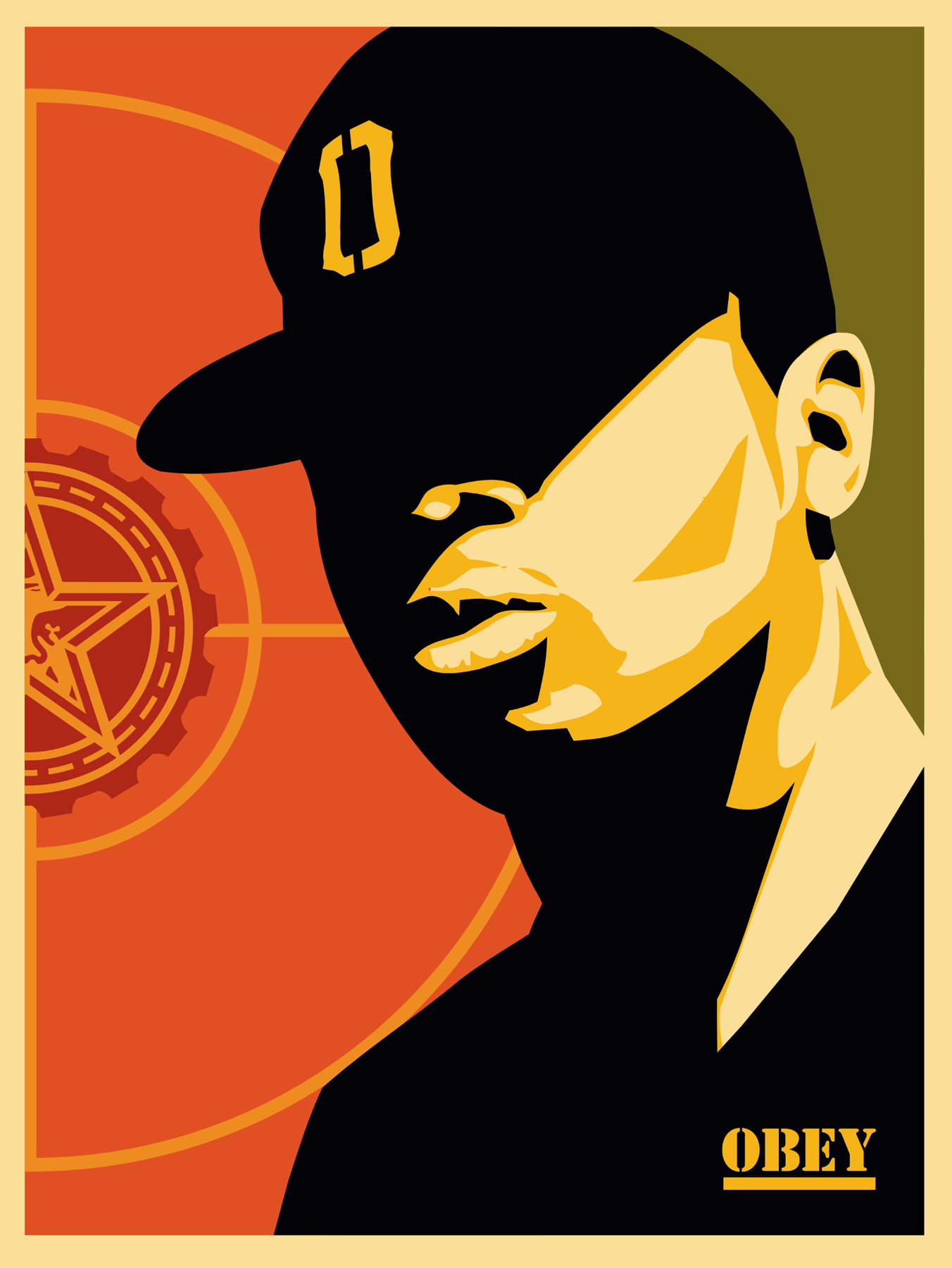
Fear of a Black Planet once again demonstrated the wizardry of Public Enemys Bomb Squad production team, with intensely layered tracks like Welcome to the Terrordome and Fight the Power, which was the anthem for Spike Lees masterpiece Do the Right Thing, and has since become a protest anthem for the ages. Public Enemy proved it was possible to reach the bourgeoisie and rock the boulevardto make you shake your rump and pump your fist. Those records showed Public Enemy to be one of the most outspoken forces in music, politics, and culture. The influence on their peers was evident as the golden age of hip-hop of the late 80s, mid 90s was filled with social commentary and gritty storytelling that some called the CNN of the streets, and others gangsta rap.
Public Enemy was not the only creative innovator in the golden age. The sampling laws had not yet been solidified in the late 80s, so there was a wealth of raw material for hip-hop acts and DJs to pull from. A few of the main corollaries I see between punk rock and hip-hop are their shared street roots, a defiance of the status quo, and an emphasis on attitude and creativity rather than musical virtuosity. Hip-hop was a new do-it-yourself movement that rewarded those who may not have had traditional music training but simply had a great ear and could remix, reinterpret, and transform samples from the vast musical universe, while also using drum machine beats and some live instruments. Musical and narrative progression in hip-hop seemed to be happening on a daily basis in the late 80s and landmark albums redefining possibilities within the genre were emerging from both New York and the West Coast. New York hip-hop was going offEric B. & Rakim dropping


